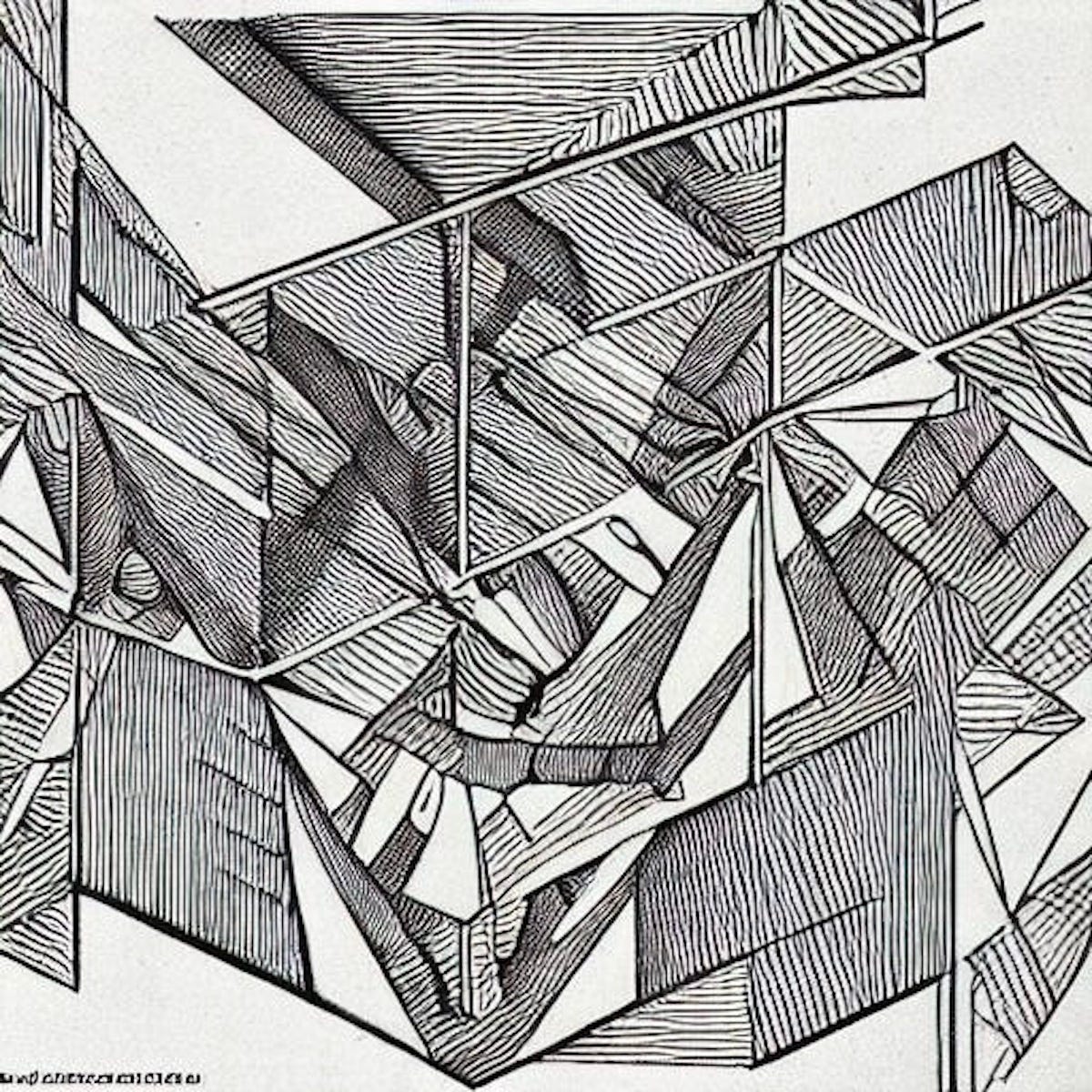In this district, there are few that can match the fame and eminence of the Weaver of Balliguish. Ask any member of the public and they will speak of him in hushed tones of adoration and respect.
Renowned for his remorseless work ethic, his creations once decorated every tavern and watering hole in the locality, yet there are none that could pick him out from a lineup, much less claim to know him.
The textiles he has produced are legendary, but sadly there are hardly any examples remaining in this quarter, the majority long since exported abroad or destroyed through the carelessness and general desuetude of the local folk here.

Despite this, the weaver’s reputation as an artist grows ever stronger, his designs the stuff of fable. Even the loom he works on is exalted, held up as an exemplar of craftsmanship.
Hand-built in Italy many aeons ago, the loom is said to be tremendously intricate, comprising countless components that are no longer available. Lovingly fashioned by a team of Florentine craftsmen, this vast apparatus was sanded, polished and varnished in a different era, when pride was commonplace.
The weaver keeps it positively glowing through the application, daily, of a special wax. This in itself is no mean feat considering the size of the loom, which is, in every direction, excessive.
It takes up the whole of the poor weaver’s house, leaving him scant room for bed or living quarters, and forcing him to sleep amongst a nest of threads and fibres. He is, of course, usually far too engrossed in his work to notice, but still it cannot be good for his health.

Many people underestimate the weaving trade, they do not understand the precision necessary to plait each subliminally different shade of thread, one to the other, and then to do this over and over again, joining hundreds, thousands, millions of threads together in an apparently random way, only to stand back and find, suddenly, the most sublime of patterns.
These people, these cynics, patronisingly tend to think of weavers as mere artisans, never artists. They say weaving is a livelihood fit only for the peasant folk and in some cases, no doubt, they might be right, but the carpets woven by this weaver are quite different.
They stand alone as almost perfect specimens of the craft and all who see them marvel at the vivid, lifelike colours. His early creations, it’s true, were rudimentary, and many of those from his middle period do not display the same attention to detail or level of craftsmanship as his finest work, but there is really no denying that, now, in this later phase of his career, he is without equal.
For it is now that he is in the midst of tackling his bravest work yet, his magnum opus, a weave unlike any attempted before, a colossal undertaking.
This new work sees him glued almost constantly to his loom, slaving away endlessly. With this latest design, he has pushed his practice in a radical new direction, seeking new forms, incorporating patterns within patterns in a fractal of near-invisible threads.

He has created whole areas that replicate his old designs such that the overall appearance is that of an organism growing ever outward. An organism that is now so vast that there is only one edge of it visible. The edge along which he works day and night, deftly ducking and diving. Adding a thread here or snipping one away.
To the outsider, it is impossible to tell the shape or purpose of this vast task. All one can do is place their trust in his vision. Believe in the great mystery.
But sadly, this important work may never be completed, for of late a malady has taken over the poor weaver and it seems the task he has set himself is far greater than his feeble body will allow.
He continues with his toil but, at times, a black look overtakes him and it appears his heart is no longer in his work. What is there to do? Could what was once such a joy to him have become a burden?
Day in, day out, he grinds on, for he can no more stop weaving than he can stop breathing in this world, and yet it brings him no comfort, for he knows that after he is gone all these heaps of half-finished fabric will amount to nothing more than unwanted threads, slowly unravelling.